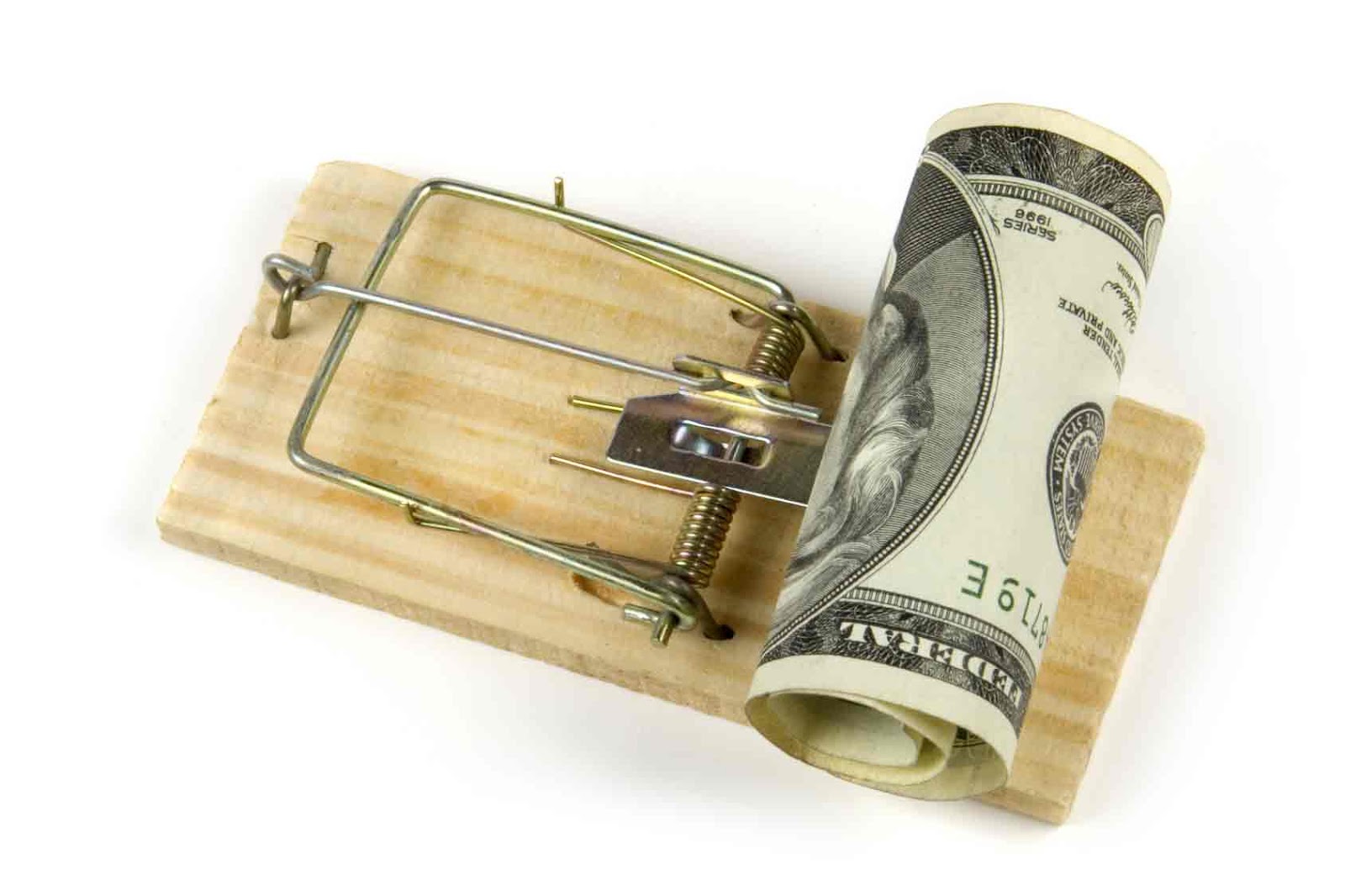Blog

Working Ways to Stay Clear of Nasty Chargebacks
By Webb Ward
Unfortunately, chargebacks are inevitable for businesses accepting credit cards, for several credit card holders’ dispute previously-made transactions on daily basis. While the most common reason is returned merchandise, there can be many other issues responsible for chargebacks, including a mistake made by the merchant, a stolen credit card, terminated services and fraud. And, more often than regular merchants, it is high risk merchants who fall prey to such frauds. Since chargebacks are an extremely costly aspect of accepting credit cards, it becomes highly important for businesses to minimise them. Merchants can prevent chargebacks at the time of sale, trying to prevent loss, achieve complete customer satisfaction, and ensure transaction accuracy.
Here is an account to the precautions that can help you prevent chargebacks as a merchant:
Reducing Risk for Phone, Mail and Internet Transactions
It is true that Card Not Present transactions and Internet transactions are highly susceptible to chargebacks. In order to lessen the probability of chargebacks caused by fraudulent transactions, you can follow the following ways:
1. Maintain a Database: You can maintain a database ofpast problem customers. This will help you identify all high-risk transactions and block specific card numbers to disallow future purchases.
2. Limit Multiple Orders: Try limiting the volume of per-hour transactions for specific customers, so that potential fraud can be reduced.
3. Address Verification Services: One of the best ways of reducing credit card frauds is AVS service that helps you verify every cardholder’s address before completing the sale. This system indicates if there is complete customer address or not, and matches it with the address mentioned in the issuer’s database.
4. Mention Customer Service Number: Make sure you print your customer service contact number on the receipt. This gives your customers a chance to resolve any disputes over the phone, instead of chargebacks.
Take Manual Imprints and Signature
You should get a manual imprint of the credit card in case if you are not able to swipe it. Make sure that the manual sales receipt contains everything from customer’s signature and purchase amount to authorisation code to merchant information.
If you fail to take a complete copy, you may be prone to chargebacks. Ensure that the name and signature on the card matches the sales receipt.
Respond Quickly to Retrieval Requests
When there is a request for a transaction copy from the issuer on behalf of the cardholder, try responding as quickly as you can. An unfulfilled or untimely retrieval request may lead to any of the two types of chargebacks – Non-receipt of requested items and requested copy illegible.
The chargebacks caused by poor response to retrieval requests are irreversible. So, make sure you respond to such requests through fax.
Give Immediate Credit or Refund
Another easy way to prevent nasty chargebacks is quick processing of refunds to customers. It is equally important to inform your customers about your cancellation or credit policy in writing. The best idea is to have the credit policy printed on the receipt near the signature line.
Keep your cancellation/refund policy on the check-out screen if you have a business website. Use an ‘I Agree’ button for your customers to click before completing the transaction. If you offer only in-store credit, include this information on the transaction slips.



Comments